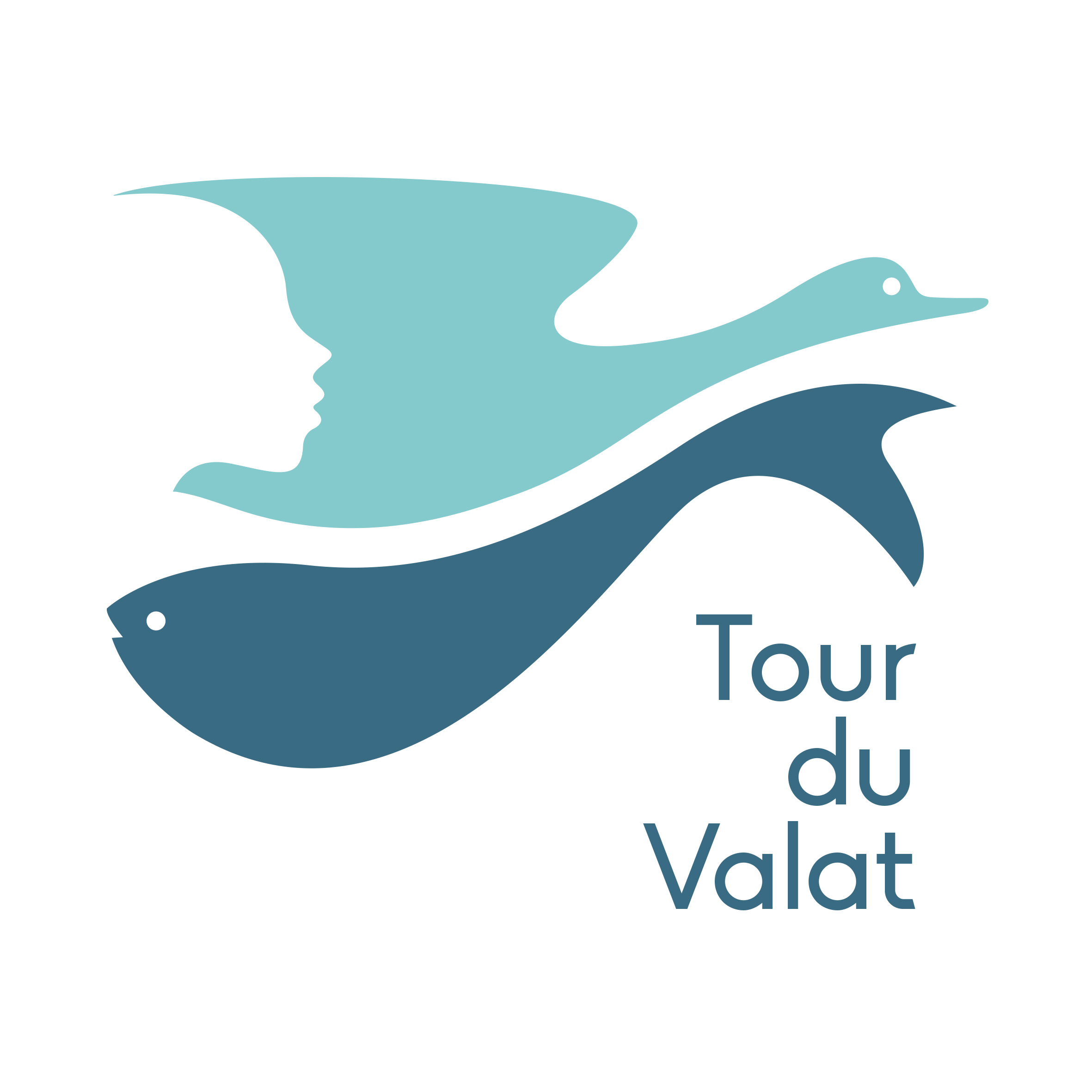Giving recipient communities a greater head start and including productive species boosts early resistance to invasion
Résumé
Questions: Giving a time advance to restored native plant species has recently been considered a promising way to improve their persistence and reduce invasion success (i.e., through priority effects). However, little is known about the influence of the elapsed time between seeding and invasion and its interaction with other characteristics such as species composition and density, despite the fact that it could substantially help developing effective management strategies. Methods: In a pot experiment, we simulated invasion by three major invasive species (Ambrosia artemisiifolia, Bothriochloa barbinodis, and Cortaderia selloana) in soil covered with recipient communities differing in species composition (one, three or nine species), density (700 or 2,778 seeds/m 2), and time advance (established one or five months previously). We assessed early invasion success by measuring seedling emergence and survival over six months. Results: Early invasion success was mainly explained by recipient community's time advance and composition (or their interaction), while density had limited influence. Polycultures (three or nine species) showed generally greater invasion resistance, most likely due to high above-ground biomass essentially produced by two species. Species composition interacted with time advance in two ways: (a) Bothriochloa barbinodis seedling emergence was impacted by composition only in communities having five months of advance, suggesting that the contribution of species composition to invasion resistance varies according to the age of the community, and (b) Ambrosia artemisiifolia and Cortaderia selloana survival was affected by time advance in polycultures only, which produced much more biomass than monocultures, implying that a greater head start provides a competitive advantage only if it allows a sufficient increase in biomass production. Conclusions: Implementing revegetation as soon as site clearance work is over, as well as establishing productive native species may help reduce invasion success. How much of an advantage recipient community time advance represents depends on biomass production.
Origine : Fichiers produits par l'(les) auteur(s)
Loading...
